Ever wondered why limescale builds up on your taps and kettle? It’s all down to water hardness. But what exactly does that mean? We’ll explain it in this article! We’ll show you how to test water hardness, soften water, and the benefits of using softened water.

Ever wondered why limescale builds up on your taps and kettle? It’s all down to water hardness. But what exactly does that mean? We’ll explain it in this article! We’ll show you how to test water hardness, soften water, and the benefits of using softened water.
Hard water – what is it and where does it come from?
What makes water “hard” is the high content of calcium and magnesium salts. There’s also a sprinkling of iron and manganese salts in there for good measure.
More specifically, water hardness comes down to the amount of carbonates, bicarbonates, chlorides, sulphates, and silicates of aforementioned elements. There are two types of hardness: carbonate (temporary) and non-carbonate (permanent). Together, they make up the total hardness of water.
When calcium and magnesium carbonates and bicarbonates are present in water, you get temporary hardness. These compounds break down under heat, leaving behind a carbon-filled residue, which is why we call it “temporary.”
On the other hand, water remains permanently hard when it contains significant amounts of sulphates, chlorides, nitrates, and other soluble calcium and magnesium salts. Unlike carbonate hardness, these salts stay in the water even after boiling.
Water hardness is further defined by the presence of certain salts:
- Calcium hardness
- Magnesium hardness
So, where does hard water actually come from? It’s all down to the environmental conditions it’s exposed to. Depending on its surroundings, it passes through rocks and minerals, collecting traces along the way. This is especially the case with deep waters, which are loaded with micro- and macro-elements. The water we get from our taps often comes from these deep sources. While it’s been cleaned and treated, it still contains plenty of calcium and magnesium salts.
How do you test water hardness?
You can determine the mineral content in your tap water by testing it. For professional testing, send samples to health and hygiene institutions or specialised laboratories. If you want to check water hardness at home, you have two options: use a test strip or perform a drop test.
The first method is simple and affordable. You just need a test strip, which you dip in a sample of tap water for a few minutes. After that, it changes colour and tells you the hardness level. Usually, the strip comes with a guide to help you read the result. However, these tests aren’t very precise and only give a general idea of whether the water is hard or soft.
A more accurate method is the drop test. It’s a bit more expensive, but still easy to do. You’ll need a test tube with tap water in the amount specified by the manufacturer. Add the drops of the solution one by one. Once the water changes colour, you stop the test. The number of drops indicates the water’s hardness.
Common tests use different units to measure dissolved salts. These include:
- Milliequivalents per litre (mval/l)
- Millimoles per litre (mmol/l)
- German degrees (°n, °d, °dH, dGH scale)
- English degrees (°e)
- French degrees (°f, °fH)
- American degrees (mg/l, CaCO3 or ppm)
See the big picture: the water hardness table
The following table shows the water hardness levels expressed in the units mentioned above.
| Water Hardness | mval/l | mmol/l | German degrees | English degrees | French degrees | American degrees |
| Very soft | 0-1.78 | 0-0.89 | 0-5 | 0-6.23 | 0-8.9 | 0-89 |
| Soft | 1.78-3.57 | 0.89-1.79 | 5-10 | 6.23-12.5 | 8.9-17.9 | 89-179 |
| Moderately hard | 3.57-5.35 | 1.79-2.68 | 10-15 | 12.5-18.73 | 17.9-26.8 | 179-268 |
| Quite hard | 5.35-7.13 | 2.68-3.57 | 15-20 | 18.73-24.96 | 26.8-35.7 | 268-357 |
| Hard | 7.13-10.70 | 3.57-5.35 | 20-30 | 24.96-37.45 | 35.7-53.5 | 357-535 |
| Very hard | over 10.70 | over 5.35 | over 30 | over 37.45 | over 53.5 | over 535 |
How do you soften water?
If the tests show your tap water is really hard, it’s time to soften it. In simple terms, this process replaces the calcium and magnesium with harmless sodium. How do you do it? You’ll need to buy yourself a water softener.
How water softening equipment works
Water softeners work by using a special ion exchange resin. It’s normally made of gel beads saturated with positive sodium ions.
The water softening system connects to both your water supply and wastewater system. You should install it directly after the main valve or in front of a specific appliance, such as a coffee machine or washing machine. As hard water passes through the system, it comes into contact with the ion exchange resin. The calcium and magnesium ions are trapped in the softener and replaced with sodium ions. To keep the resin effective, you should regularly add brine, a solution of water and salt.
The sodium content in softened water meets drinking water standards. However, if you’re on a low-sodium diet, you might want to go for a system with a reverse osmosis filter. That way, you’ll get water that’s not only soft but crystal-clear too.
Install a water filter before the softener to get rid of iron and manganese. Things like sand, rust, and high levels of these metals can force you to replace the resin more often or even damage the softener. The right filter depends on the specific impurities in your water
Switch to soft water and reap the rewards
Excessive water hardness brings plenty of downsides. It makes everything harder – from cooking and cleaning to managing your budget. Softening your water helps you avoid a lot of these issues.
Water hardness also affects the taste of water itself. For example, if it contains a lot of magnesium salts, it will taste bitter. This affects the food and drinks you prepare with it. On the other hand, soft water allows them to develop their full flavour.
Excess magnesium and calcium salts are bad news for household appliances. They’re the main culprits behind limescale build-up. Limescale can wreck the rubber parts in washing machines, make kettles less efficient, and block coffee machine pipes. Softening your water will help your appliances last longer and save you from costly repairs or replacements.
Limescale build-up also drives up heating costs. It settles in boilers, making it more expensive to heat water to the desired temperature. With soft water, you avoid scale deposits, which can otherwise increase costs by up to 20%.
Moreover, with softened water, you’ll use less detergent. Calcium and magnesium salts make it harder for detergents to dissolve, which weakens their cleaning power and leaves residues on clothes. Plus, you’ll need to use more water to rinse away dirt.
Last but not least, hard water dries out your skin quicker. You’ll end up using more creams to keep it moisturised. Soft water helps prevent this and is much gentler, which is especially important when caring for babies.
Make the switch to soft water – you won’t regret it!
Water hardness is often overlooked, but it impacts so many areas of both home and work life. Soften your water and make the switch – it’ll boost your well-being and save you money too!

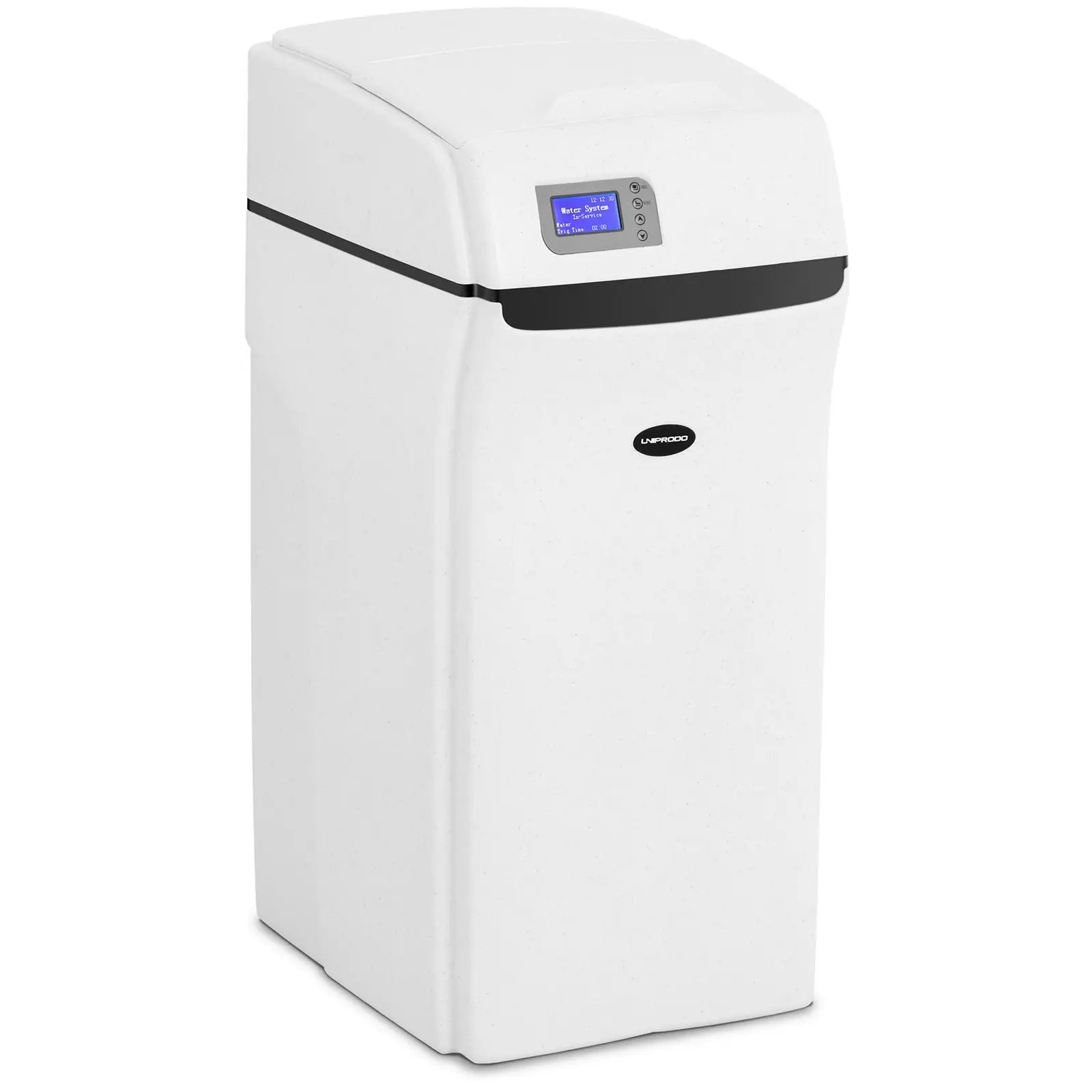
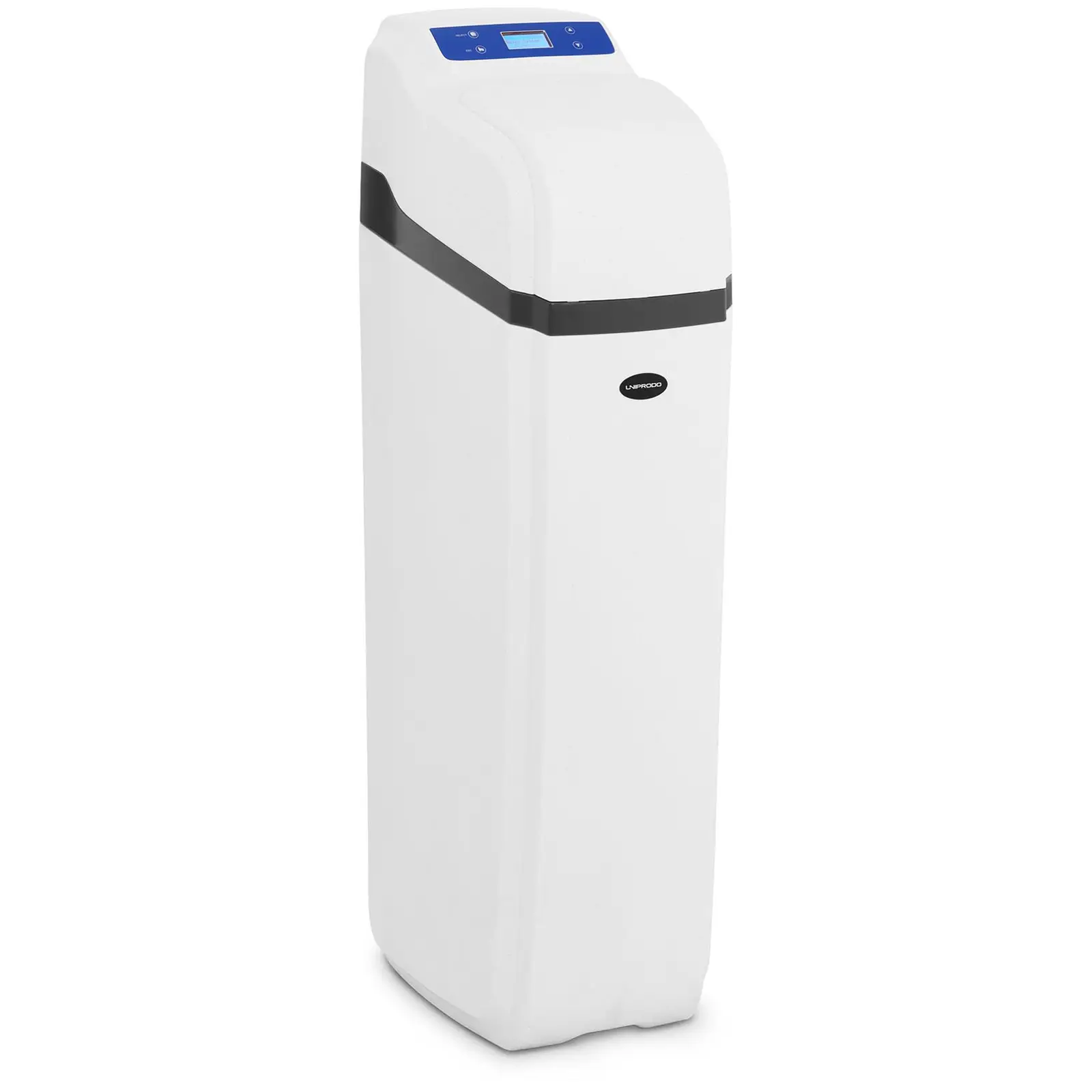



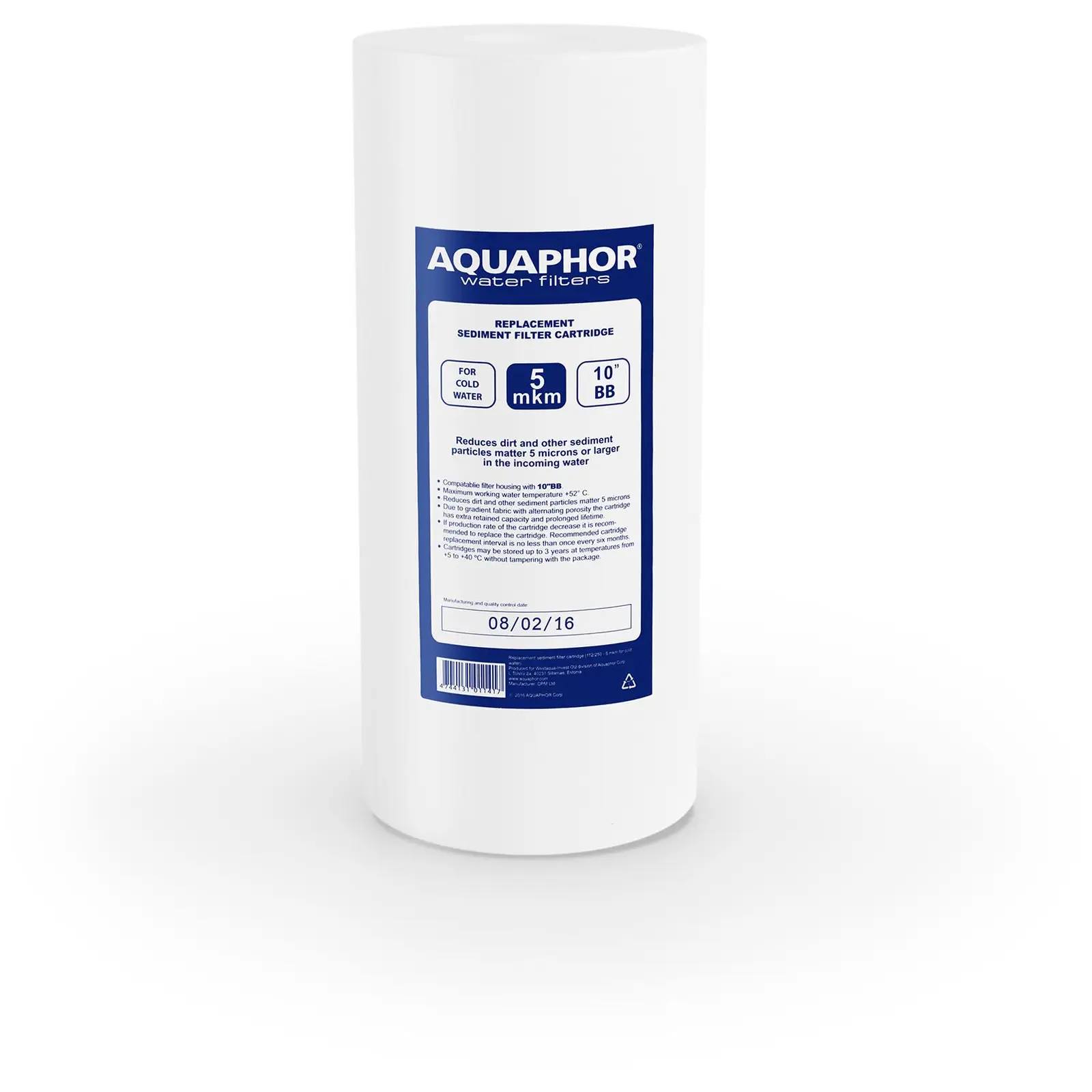
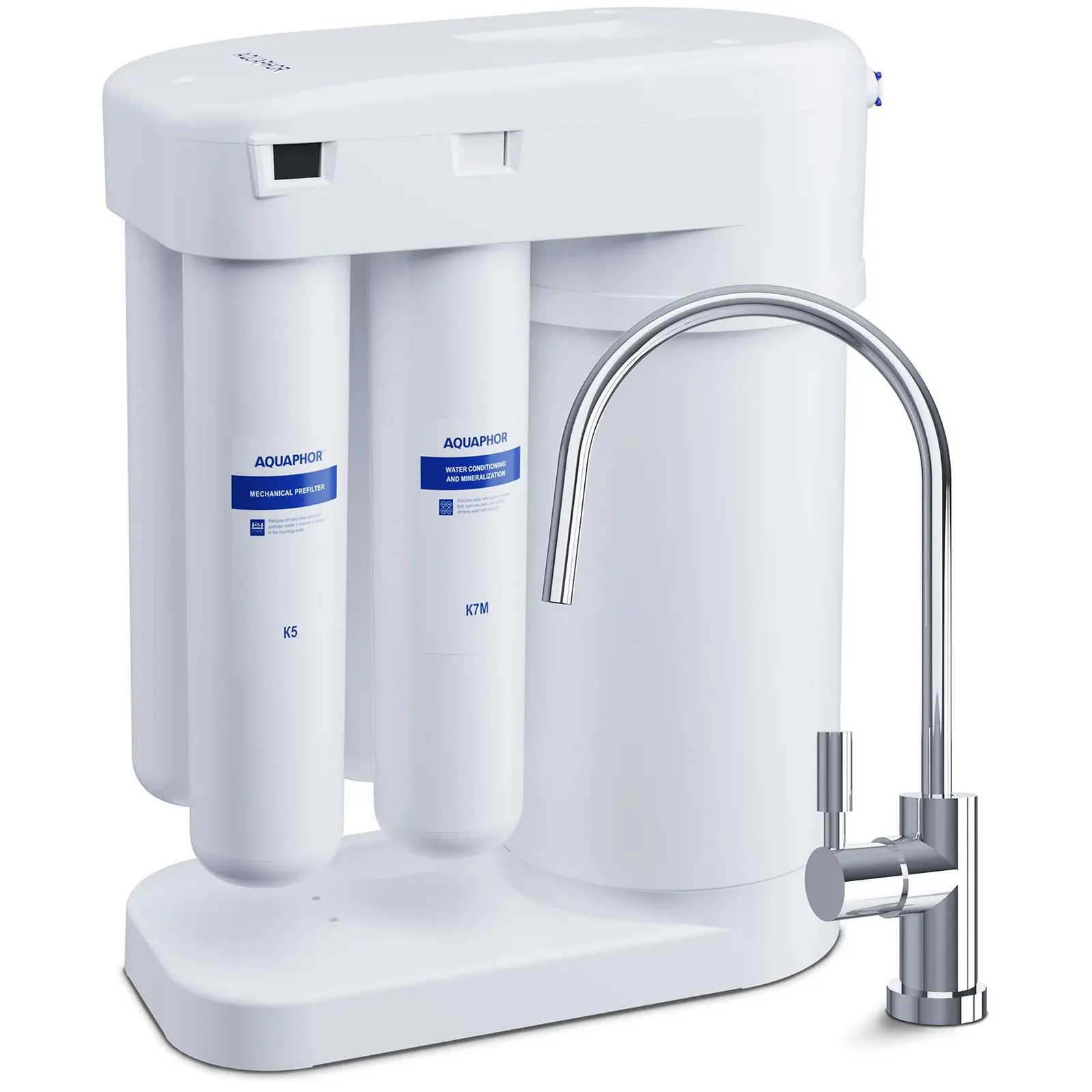
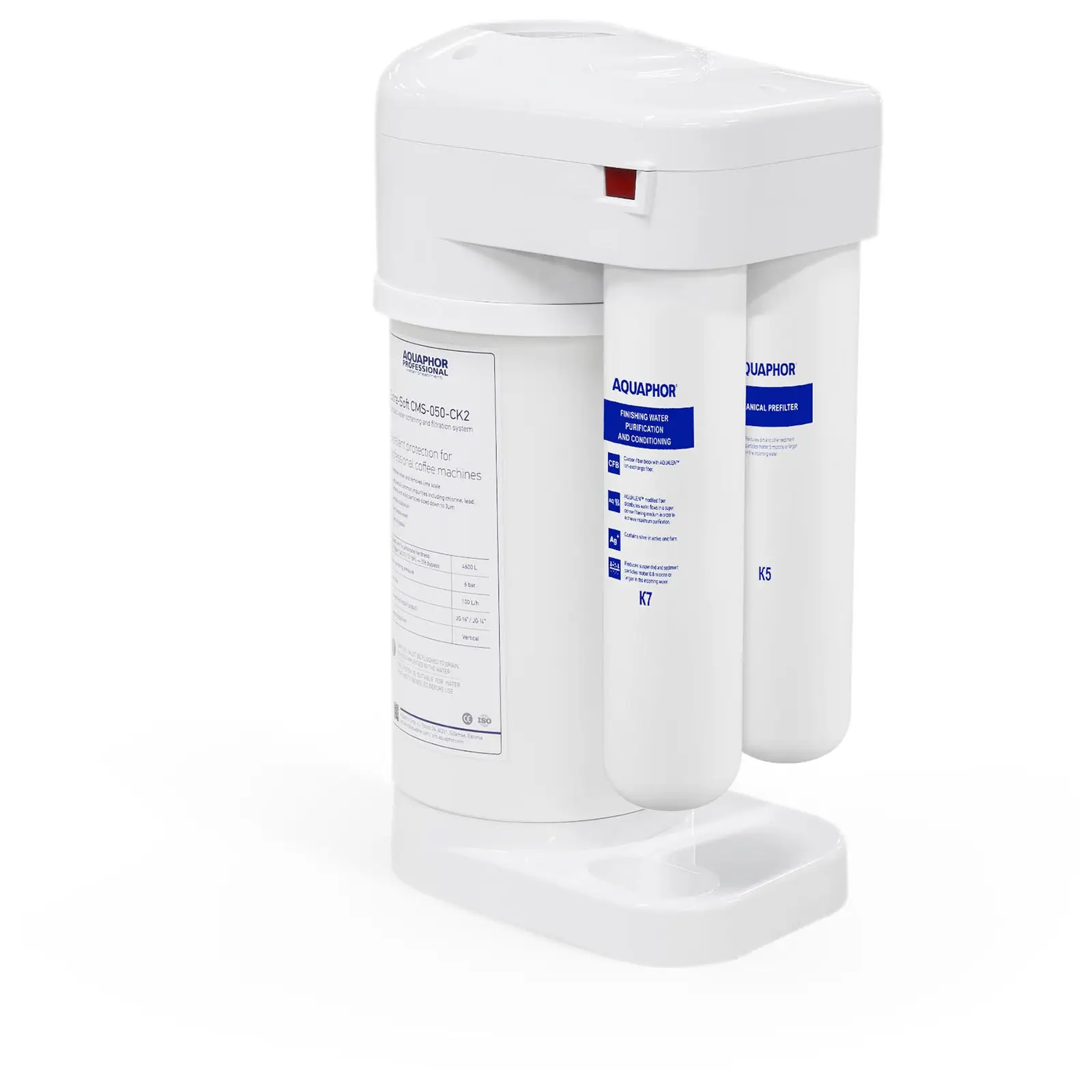


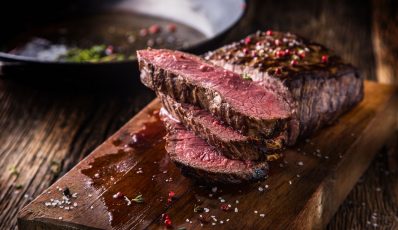


Share